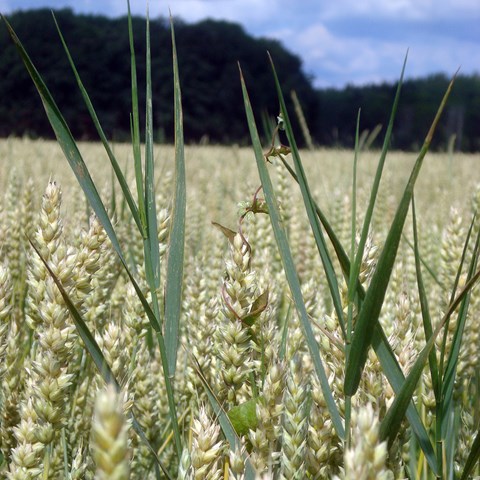Contact
Department of Crop Production Ecology, Ogräsekologi

Effective measures and strategies for weed control are based on good knowledge of the biology of particular weed species and their adaptation to cropping systems, cropping practices and climate.
There is much evidence to indicate that in future we will not be able to rely on chemical weed control to the same extent as today. Integrated pest management (IPM) will therefore increase in importance, as will the need for knowledge on the biology of different weed species and their reaction to different cropping practices. In long-term experiments we have the opportunity to apply and extend this knowledge through monitoring changes in weed populations and the effects of cropping practices, weather and ecological interactions. The long-term experiments also represent a very important resource base for new, complementary studies of both the entire system and its sub-processes.
Experiment series R5-1220
The main aim of the experiment is to investigate how integrated pest management can be used to control the levels of troublesome grass weeds and simultaneously slow the development of [herbicide] resistance. The plan includes optimal and partly site-specific combinations of soil tillage and chemical control of blackgrass.
The experiment was started in autumn 2012 at two sites in north-west Scania, near Ängelholm. A three-year crop rotation is being used, with two years of winter wheat and one year of spring cereal.
Three soil tillage strategies are fixed (A. Ploughing in all years, B. Direct drilling of winter wheat and ploughing before spring wheat, C. Reduced tillage). In the fourth treatment, D, a decision on tillage is made every year based on assessments of the previous year’s seed production, the level of dormancy (depending on weather conditions) and the size of the [soil] seed bank.
The experiment is being run in partnership by two departments at SLU (Crop Production Ecology and Biosystems and Technology), the Swedish Rural Economy and Agricultural Society in Kristianstad and the Plant Protection Centre in Alnarp.